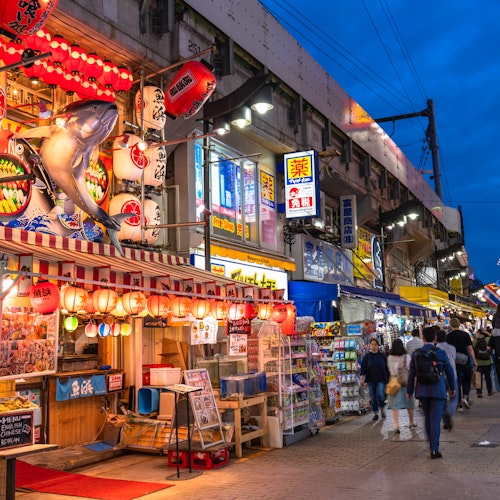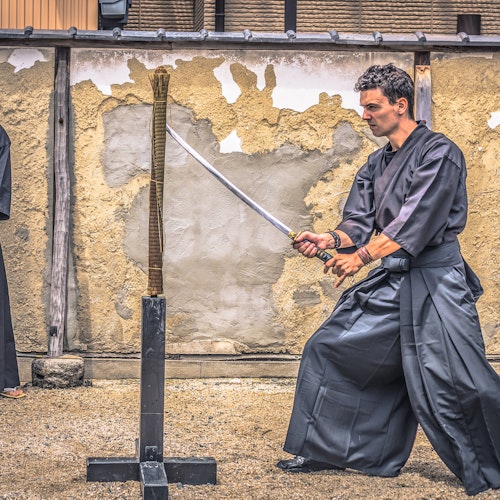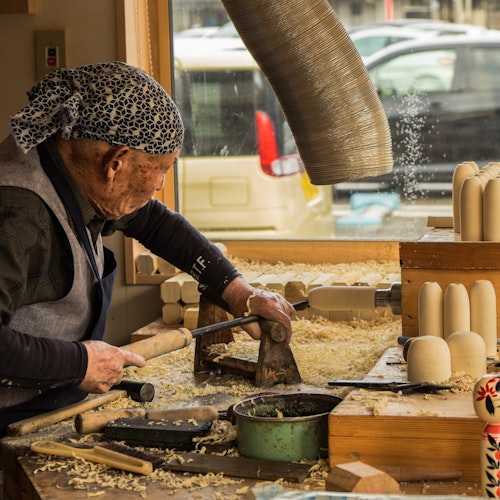
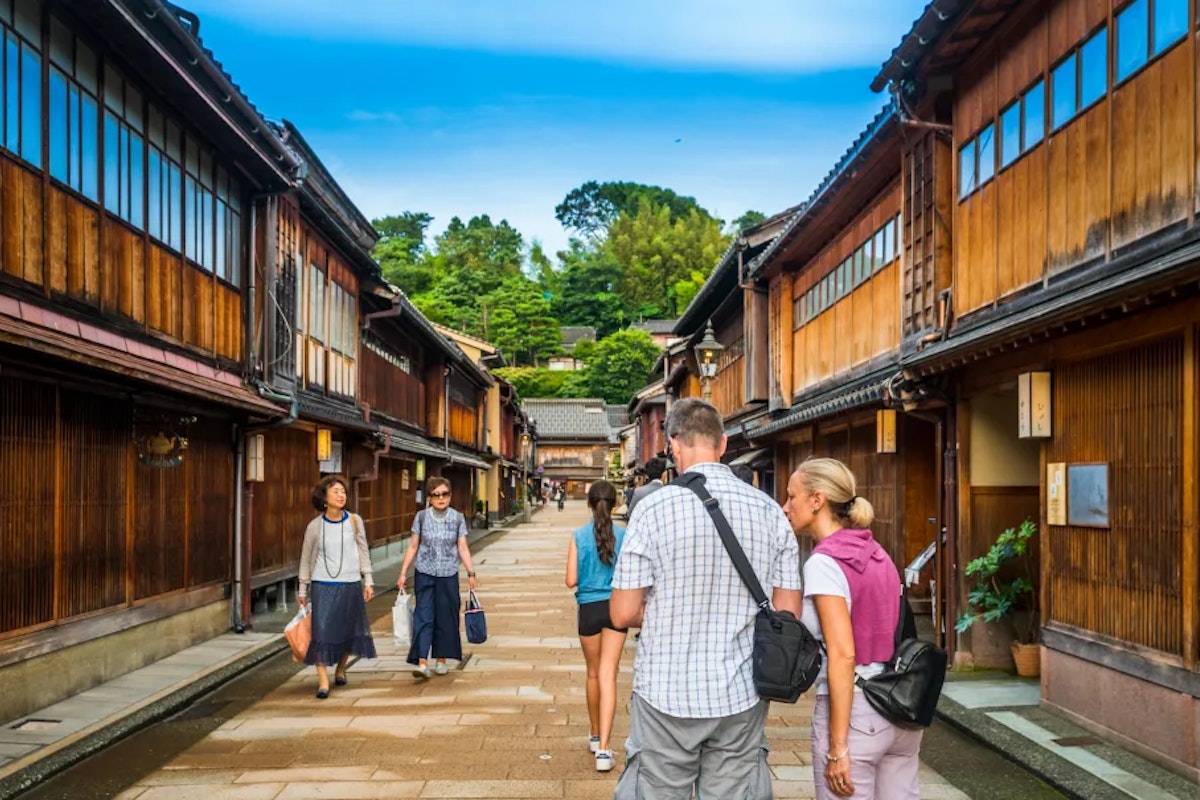
Japan's most famous destinations like Tokyo, Kyoto, and Osaka often steal the spotlight, but savvy travelers are increasingly discovering the country's lesser-known treasures. Two cities that consistently top the list of Japan's hidden gems are Kanazawa and Takayama.
Both offer authentic cultural experiences, stunning historical districts, and a glimpse into traditional Japanese life that can feel diluted in larger metropolitan areas. But which one deserves a spot on your Japan itinerary?
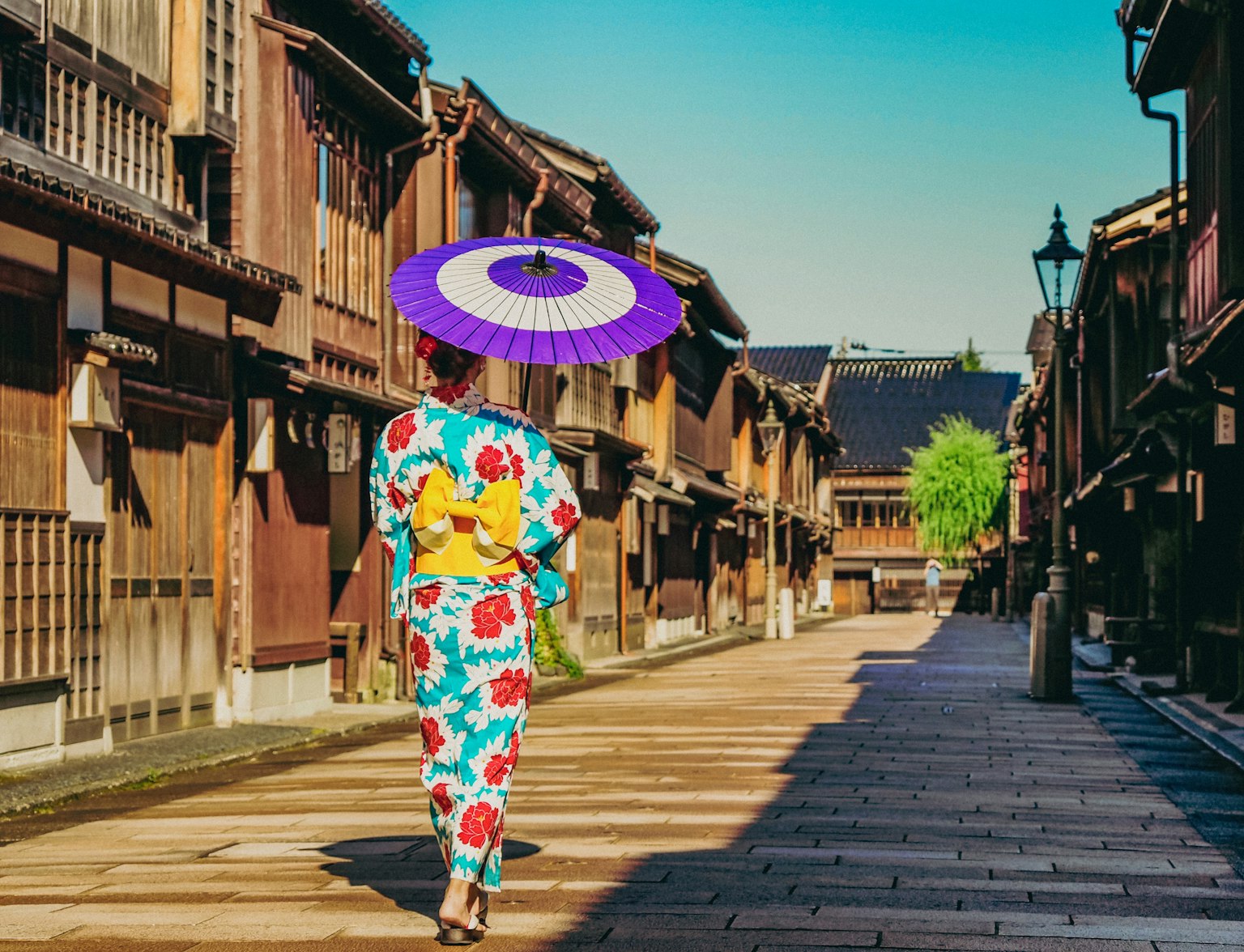
Discover the hidden gems of Kanazawa on this half-day private walking tour with a local guide. Explore historic districts, visit iconic landmarks like Kanazawa Castle and Oyama Shrine, and savor local flavors at Omicho Market.
Kanazawa sits on the western coast of Honshu, nestled between the Japan Alps and the Sea of Japan. Often called "Little Kyoto," this city escaped bombing during World War II, leaving its Edo-period districts remarkably intact. With a population of around 460,000, Kanazawa strikes a perfect balance between accessible urban amenities and preserved historical charm.
The city served as the seat of the powerful Maeda clan during the Edo period, making it one of the wealthiest castle towns in feudal Japan. This prosperity translated into a flourishing arts scene that continues today, with Kanazawa renowned for its traditional crafts including gold leaf production, Kutani porcelain, and intricate lacquerware.
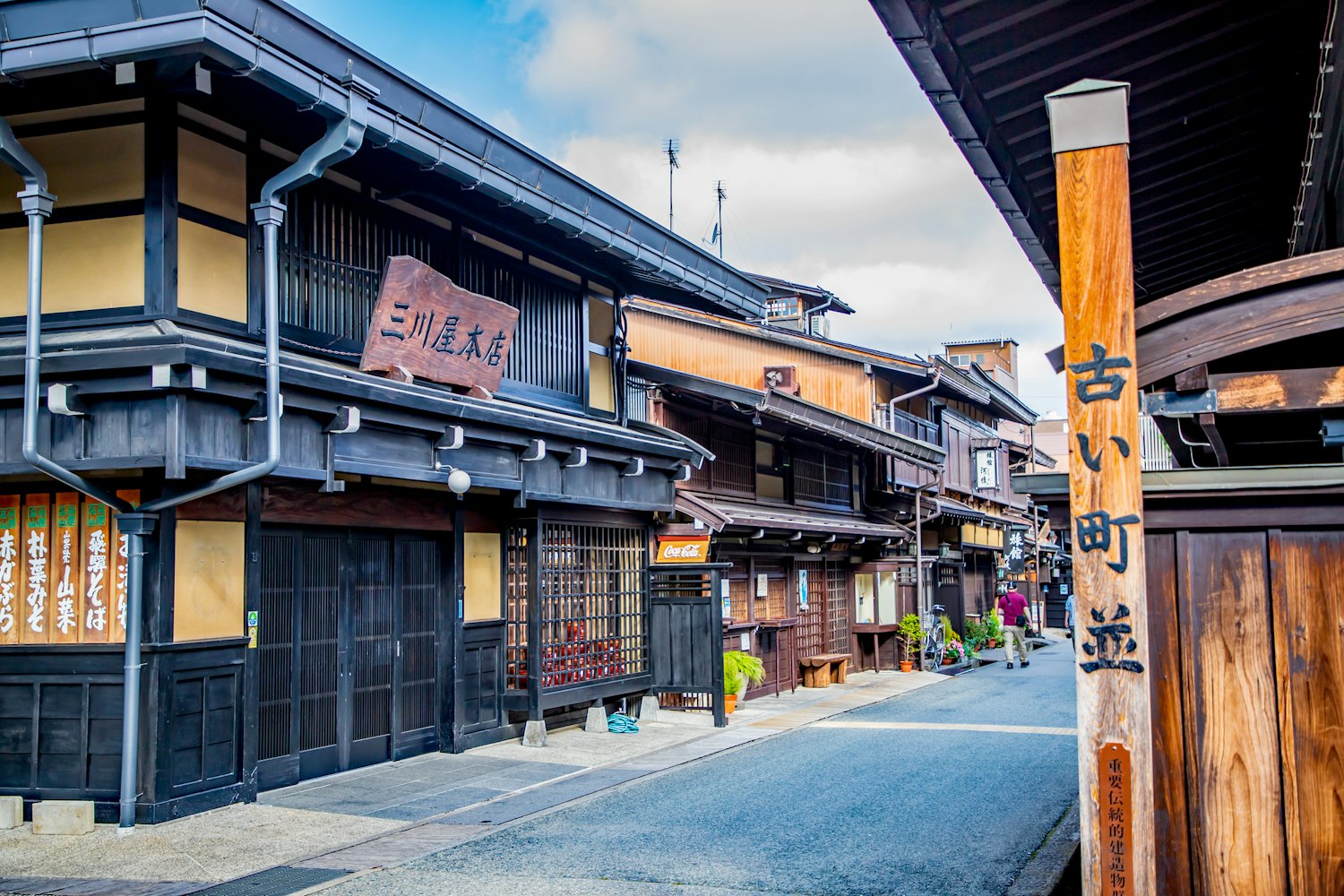
Takayama, located in the mountainous Hida region of Gifu Prefecture, offers a completely different atmosphere. This compact city of approximately 88,000 residents sits at a higher elevation, surrounded by the Japanese Alps. The cooler mountain climate and slower pace of life create an almost village-like atmosphere despite being a city.
During the Edo period, Takayama prospered as a center for carpentry and timber production, with skilled craftsmen renowned throughout Japan. This heritage is visible in the impeccably preserved wooden merchant houses that line the old town streets. The city's relative isolation helped preserve traditional culture and architecture, making it feel like stepping back in time.
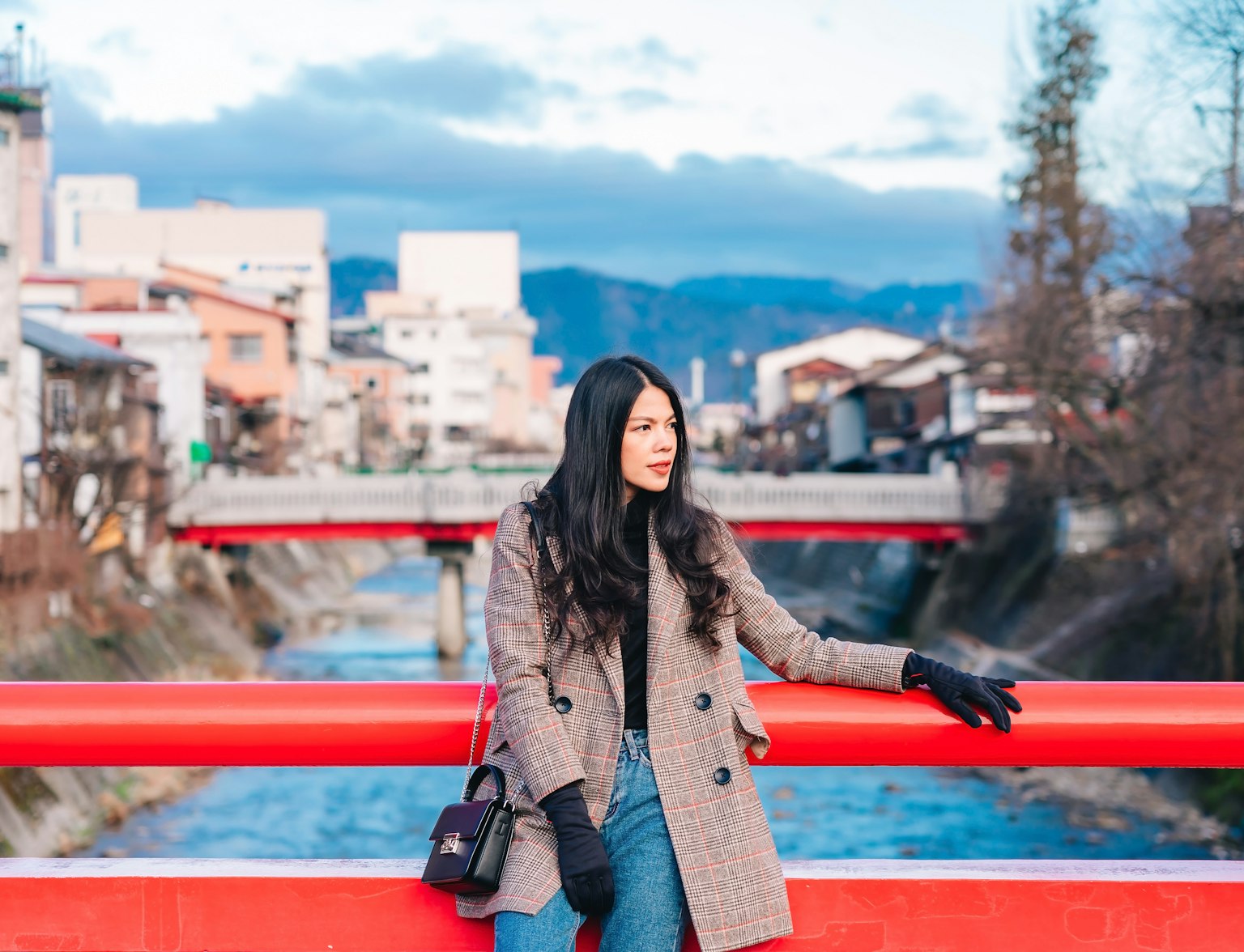
Experience the charm of Hida Takayama with our exclusive tour! Explore the picturesque old town, indulge in the mouth-watering Hida beef and soba noodles, witness the grandeur of the Takayama Festival, and visit the fascinating Hida Folk Village.
Kenroku-en Garden stands as Kanazawa's crown jewel and ranks among Japan's three most beautiful landscape gardens. This Edo-period masterpiece showcases seasonal beauty year-round, from cherry blossoms in spring to snow-laden pine trees in winter. The adjacent Kanazawa Castle Park features impressive reconstructed castle buildings and sprawling grounds perfect for exploration.
The Nagamachi Samurai District transports visitors to feudal Japan with its earthen walls, narrow lanes, and preserved samurai residences. The Nomura Samurai House offers the most complete experience, featuring elegant rooms overlooking a tranquil garden. Meanwhile, the Higashi Chaya District enchants visitors with its beautifully preserved geisha tea houses, where you can peek into exclusive establishments and even catch occasional geisha performances.
Kanazawa's 21st Century Museum of Contemporary Art provides a striking contrast, showcasing cutting-edge Japanese and international art in an architectural masterpiece that's become an attraction itself.
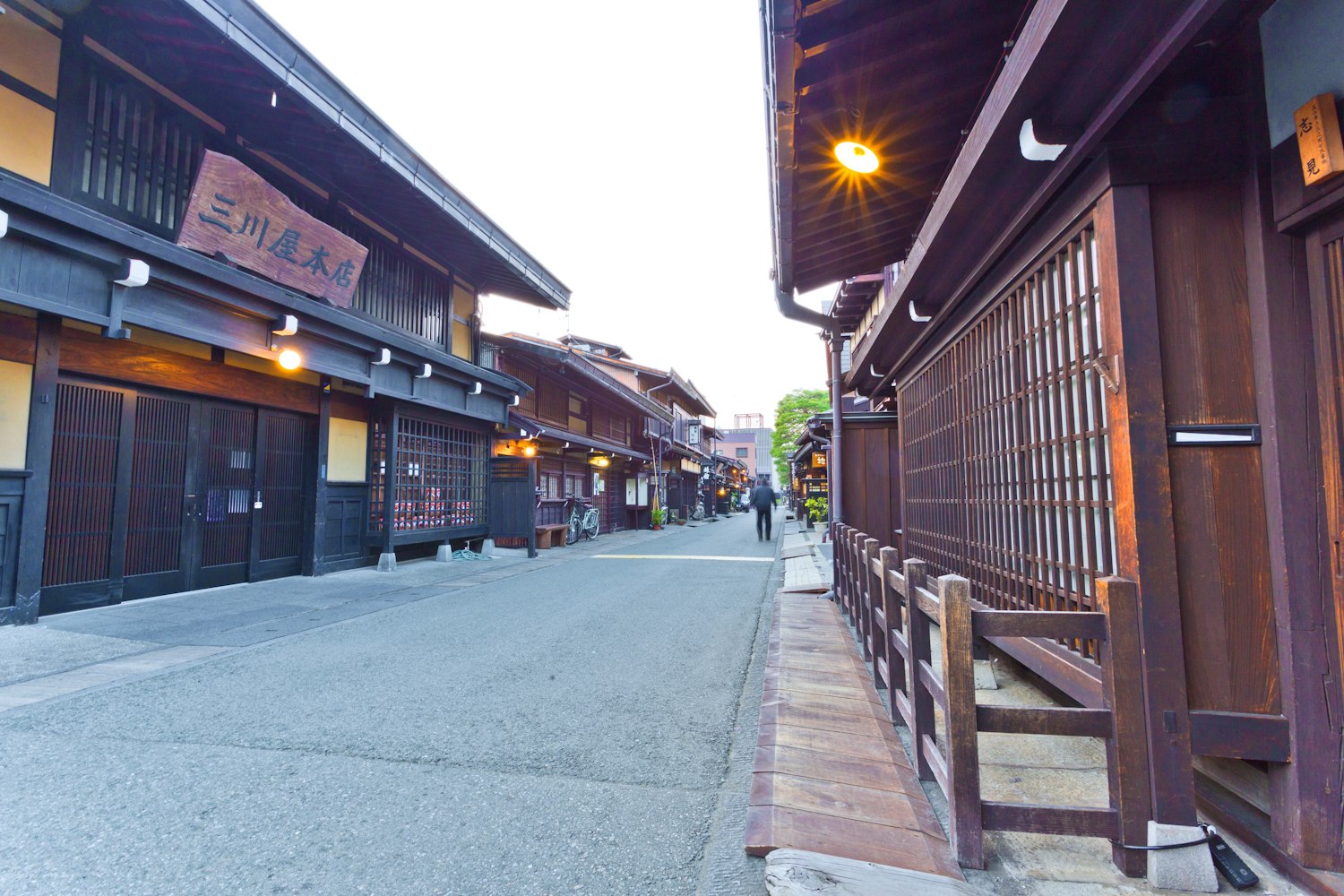
Takayama's Sanmachi Suji historic district represents the city's main attraction. Three parallel streets lined with Edo-period merchant houses create an atmospheric setting where sake breweries, craft shops, and traditional cafes occupy centuries-old buildings. The preserved architecture feels remarkably authentic, with minimal modern intrusions disrupting the historical ambiance.
The Takayama Jinya, one of Japan's few remaining provincial government headquarters from the Edo period, offers fascinating insights into feudal administration. Walking through the tatami-mat rooms, rice granaries, and interrogation chambers provides a tangible connection to historical governance.
The Hida Folk Village (Hida no Sato) presents an open-air museum showcasing traditional thatched-roof farmhouses relocated from the surrounding region. These gassho-zukuri buildings demonstrate ingenious architectural adaptations to heavy snowfall, and demonstrations of traditional crafts bring village life to life.
Kanazawa's artistic heritage runs deep, with the city producing about 99% of Japan's gold leaf. You can visit workshops to watch artisans create impossibly thin sheets of gold, and even try gold-leafing yourself. The city also excels in Kaga Yuzen silk dyeing, Kutani porcelain with its distinctive overglaze designs, and exquisite lacquerware. Multiple museums and workshops allow hands-on experiences with these traditional crafts.
Takayama specializes in different traditions. The city's master carpenters built many of Kyoto's famous temples, and this woodworking expertise continues today. Yew wood carvings, shunkei lacquerware with transparent finishes that highlight wood grain, and traditional sarubobo dolls (good luck charms) make distinctive souvenirs. The morning markets provide excellent opportunities to meet local craftspeople and purchase authentic handmade items.
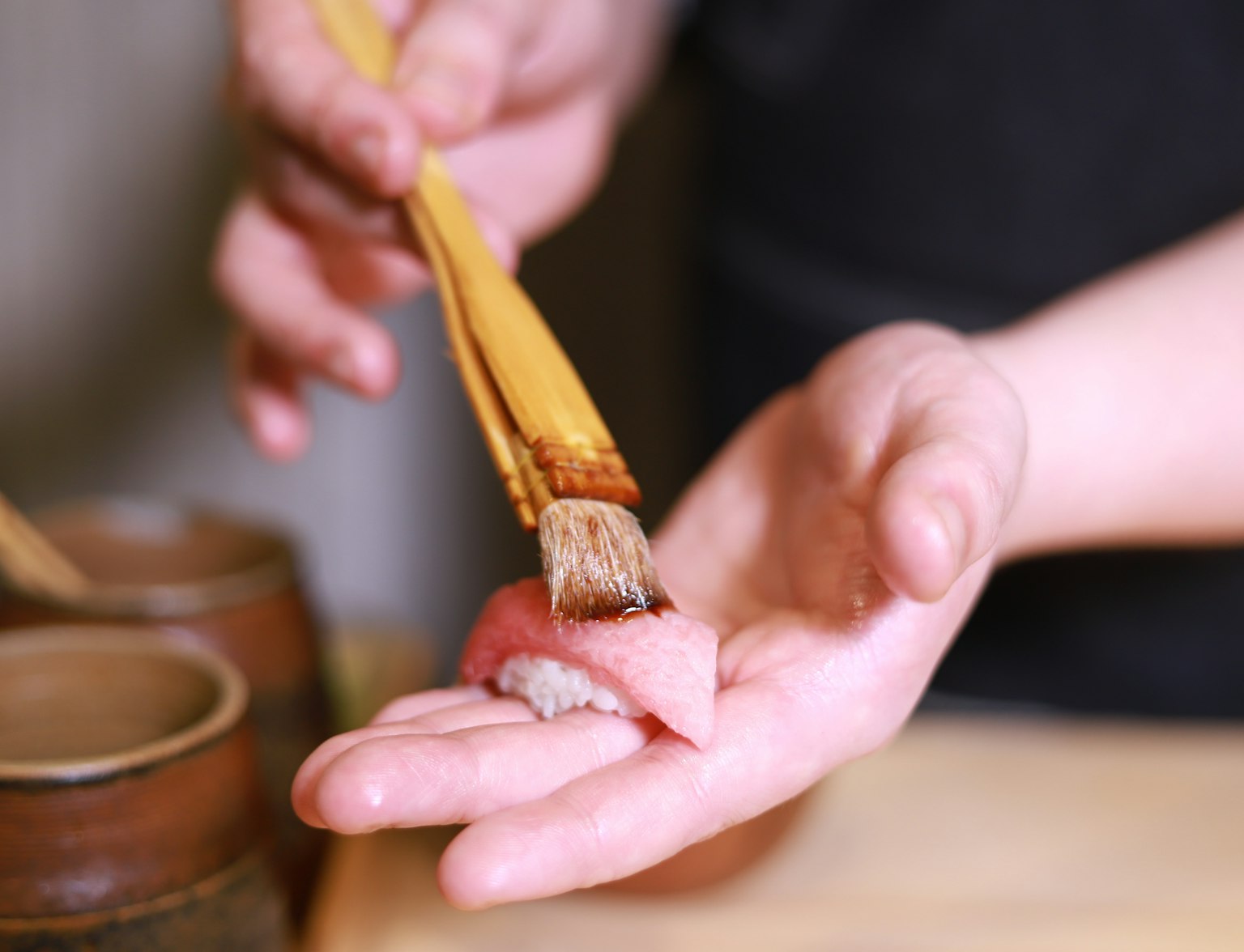
Embark on a culinary journey in Kanazawa and dive into the art of Japanese cuisine with our local culinary experts.
Both cities maintain traditional festivals that rank among Japan's most spectacular. Kanazawa's Hyakumangoku Festival celebrates the city's feudal past with samurai parades and traditional performances. Takayama's spring and autumn festivals feature enormous ornate floats paraded through historic streets, creating an unforgettable spectacle that draws visitors from across Japan.
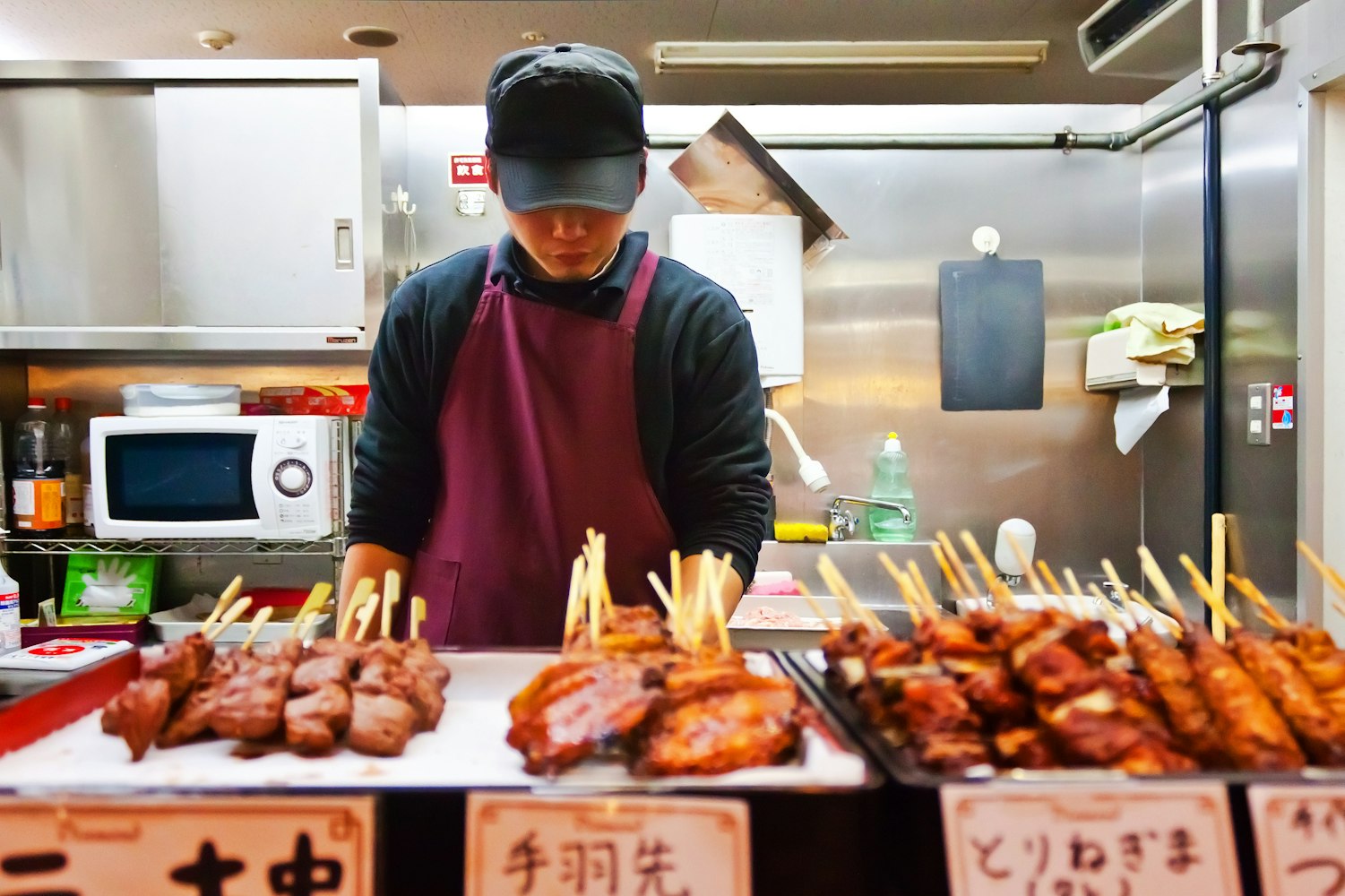
Kanazawa's proximity to the Sea of Japan makes it a seafood lover's paradise. The Omicho Market, nicknamed "Kanazawa's kitchen," has operated for 280 years and offers the freshest catches. Winter brings prized Echizen crab, while year-round offerings include sushi using seasonal fish that rivals Tokyo's best at more reasonable prices.
Local specialties include jibuni (duck or chicken simmered with vegetables), kabura-zushi (fermented turnip with yellowtail), and kaga yasai (traditional Kanazawa vegetables). The city's food scene balances traditional kaiseki cuisine with innovative modern restaurants, and the gold leaf aesthetic even extends to food, with gold-covered ice cream and sweets available throughout the city.
Takayama's mountain location shapes its cuisine toward heartier, warming dishes. The city's famous Hida beef rivals Kobe beef for marbling and flavor, served as steaks, sukiyaki, or atop sushi. Local sake brewing thrives here, with several breweries offering tastings of varieties crafted with pure mountain water.
Mountain vegetables, river fish, and preserved foods reflect the region's traditional self-sufficiency. Try hoba miso, a regional specialty where miso paste mixed with mushrooms and vegetables is grilled on a magnolia leaf. The morning markets sell mitarashi dango (grilled rice dumplings with sweet soy glaze) and gohei mochi (grilled rice cakes with sweet-savory sauce) that make perfect breakfast or snack options.
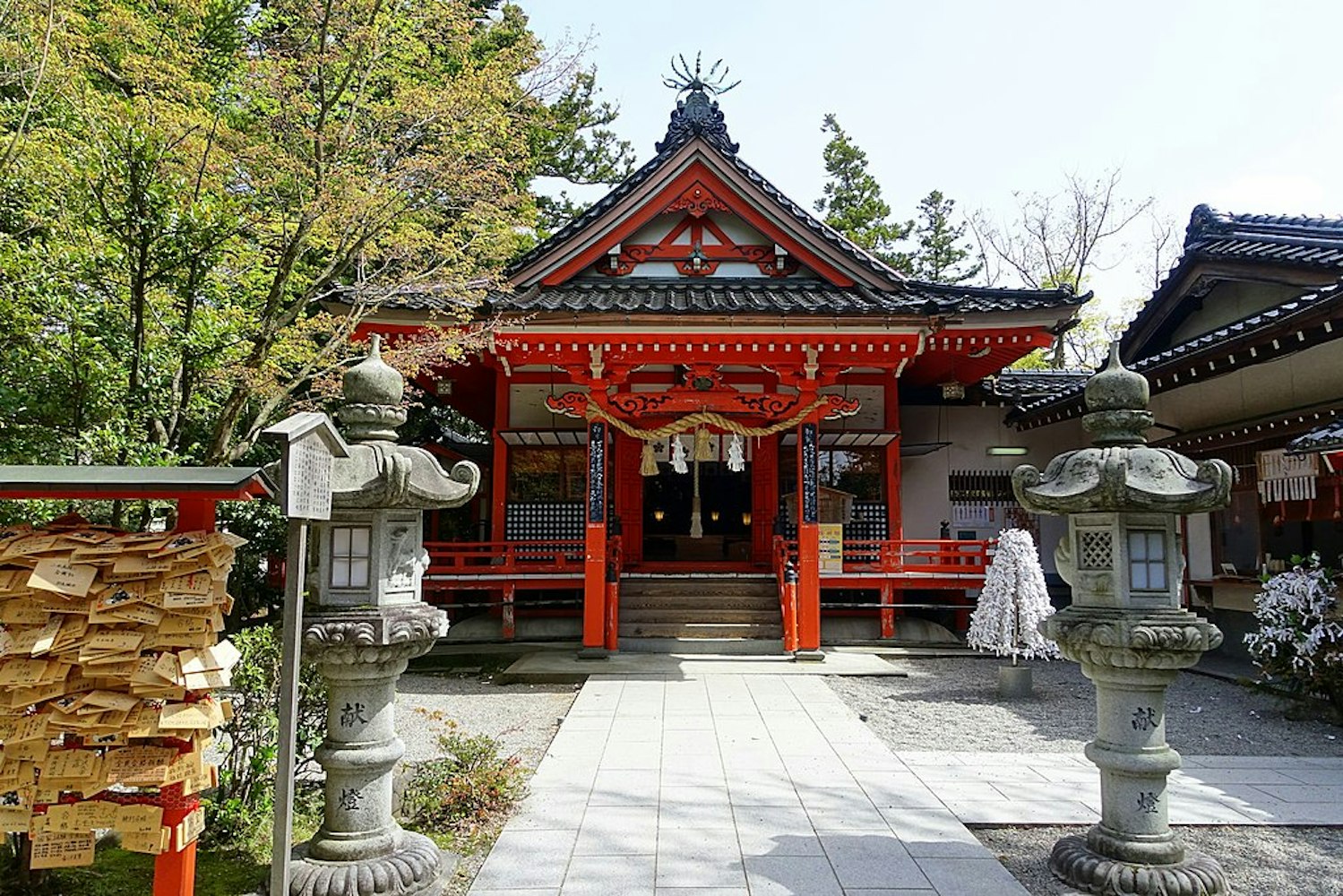
Kanazawa became significantly more accessible with the 2015 opening of the Hokuriku Shinkansen line. Tokyo is now just 2.5 hours away by bullet train, making Kanazawa an easy addition to most Japan itineraries. From Kyoto or Osaka, limited express trains take around 2-3 hours. The city itself is compact enough to navigate via buses, with tourist loop buses connecting major attractions.
Takayama requires more effort to reach, adding to its remote charm but potentially complicating tight schedules. From Tokyo, you'll need about 4.5 hours via a combination of shinkansen and limited express trains. From Kanazawa, the journey takes approximately 2 hours by limited express. However, once you arrive, Takayama's compact size makes it extremely walkable, with most attractions clustered in the old town.
Kanazawa shines year-round with distinct seasonal appeals. Spring brings cherry blossoms to Kenroku-en, while autumn paints the garden in vibrant reds and golds. Winter transforms the garden with yukitsuri (rope supports protecting trees from snow), creating iconic scenes. Summer can be hot and humid, but festival season adds energy to the city.
Takayama's higher elevation means cooler temperatures and more dramatic seasonal changes. Spring and autumn offer the most comfortable weather and spectacular colors. Winter brings heavy snow that beautifies the historic district but can complicate travel. The famous festivals occur in mid-April and October, during which accommodation becomes scarce and should be booked months in advance.
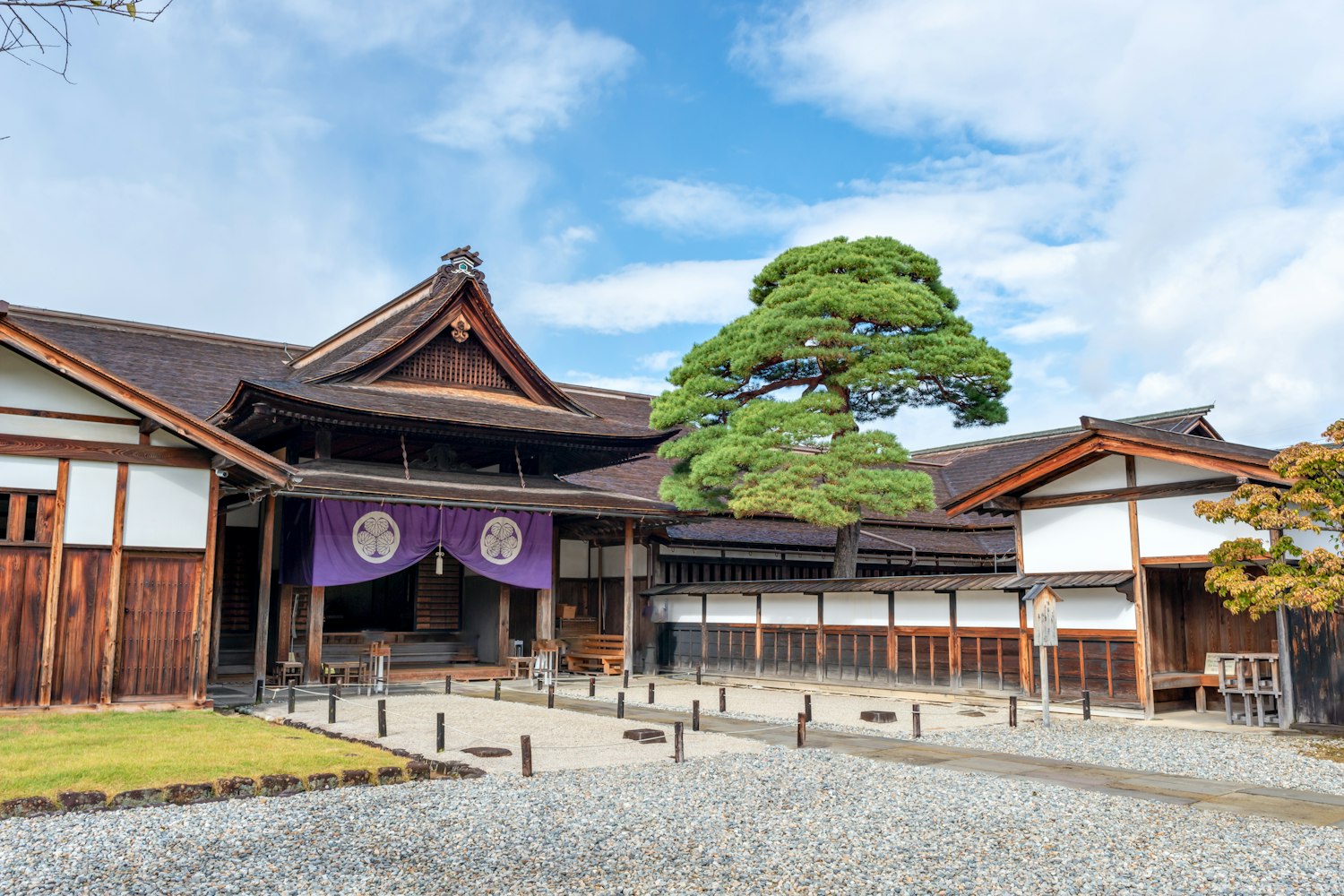
Both cities offer better value than Tokyo or Kyoto, but Takayama edges ahead slightly for budget travelers. Accommodation, dining, and attractions generally cost less in Takayama, partly due to lower demand and the city's smaller size. A quality ryokan (traditional inn) experience costs less here while maintaining high standards.
Kanazawa's growing popularity has pushed prices upward, though still reasonable compared to major cities. The dining scene spans wider price ranges, allowing budget flexibility. Both cities make their main attractions accessible, with many temples, shrines, and historic districts free to explore.
Choose Kanazawa if you want a more substantial city with diverse attractions, easier accessibility, and a sophisticated arts scene. It's ideal for first-time Japan visitors who want to experience traditional culture without venturing too far off the beaten path. The combination of gardens, samurai districts, geisha culture, museums, and excellent food creates a well-rounded experience. Kanazawa works well as a 2-3 day stop on a larger Japan itinerary.
Choose Takayama if you prefer intimate, authentic experiences in a quieter mountain setting. It's perfect for travelers who've already visited Japan's major cities and want to slow down and immerse themselves in traditional life.
The compact size means you can thoroughly explore in 1-2 days, making it work well for those with limited time despite the longer journey. Takayama also serves as an excellent base for exploring nearby Shirakawa-go's UNESCO World Heritage gassho-zukuri villages.
